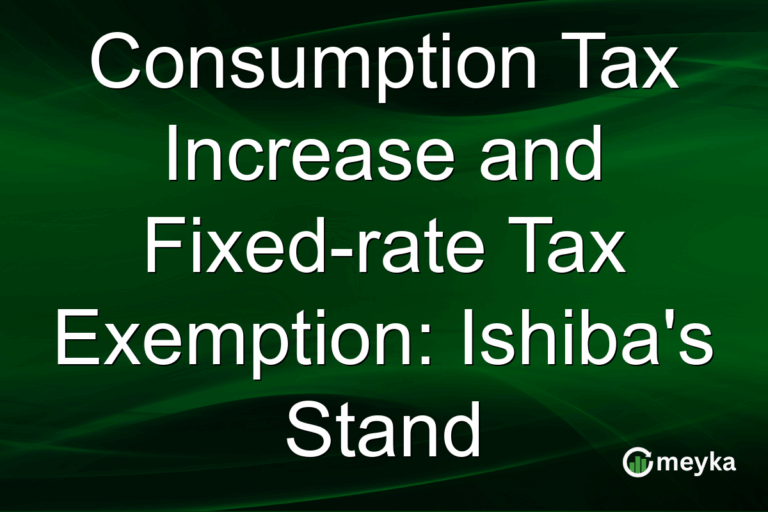Singapore Airlines News Today: Global Routes Face Pricing Challenges
Singapore Airlines has recently become a focal point in the aviation sector due to notable shifts in its international flight pricing. As travel demand fluctuates post-pandemic, the airline has adjusted fares on key routes, especially affecting popular destinations like the US and Singapore. This strategic pricing move comes as global air traffic slowly recovers, presenting both opportunities and challenges for investors. Understanding how these changes impact fares and strategic routes offers key insights into the airline’s financial health and future plans.
Pricing Strategy Amidst Global Demand Fluctuations
Singapore Airlines has faced significant pricing challenges due to changing global demand. The company is revisiting its fare structures to stay competitive as travel dynamics shift. Adjustments are visible on critical routes connecting Singapore with major US cities. This realignment aims to attract more travelers while managing operational costs.
Flight fares 2025 are anticipated to reflect these adjustments, impacting travelers’ choices and potentially altering travel habits. Travelers flying from Hong Kong to New York with Singapore Airlines may notice changes in ticket prices, reflecting these broader strategic adjustments (details here). For investors, these pricing strategies highlight Singapore Airlines’ adaptability to market demands and its efforts to maintain a competitive edge.
Impact on Travelers and Markets
Travelers to Singapore and other international destinations are closely watching these developments. The fluctuations in Singapore Airlines pricing can affect overall travel budgets, making it essential for those planning trips to be informed of these changes. Key markets, including transpacific routes, are especially impacted as the airline aligns its prices with current market demands.
Routes such as flights from New York to Auckland are seeing varying fares, encouraging travelers to seek the best possible deals. This dynamic adjustment showcases the airline’s strategy to balance profitability with customer retention. By closely monitoring these shifts, travelers can potentially reap cost benefits, while the airline gains flexibility in its operations (learn more here).
Investor Insights and Market Reactions
The adjustments in Singapore Airlines pricing offer important insights for investors keen on understanding the aviation landscape. Market reactions have been mixed, as the pricing strategy reflects broader economic pressures and competitive dynamics. Singapore Airlines’ attempts to remain viably competitive despite these challenges indicate its resilience.
Investor sentiment shows cautious optimism, with attention given to how fare adjustments will influence short-term revenue and long-term strategic goals. Monitoring these developments provides investors valuable context for investment decisions. In the latest discussions on social media, such as on X, travelers express both surprise and curiosity over these fare shifts, reflecting diverse reactions in the market.
Final Thoughts
As Singapore Airlines navigates through these global pricing challenges, both travelers and investors stand at a critical juncture. The shift in Singapore Airlines’ pricing strategy reveals its efforts to adapt to post-pandemic travel demand, while attempting to capture market share on key routes. For investors, understanding these tactical adjustments can provide a deeper insight into the company’s operational strategies and financial outlook.
By leveraging pricing strategies that respond to travelers’ changing needs, Singapore Airlines aims to maintain its competitive position while managing its profitability. Staying informed of these changes will be crucial for both travelers planning their journeys and investors evaluating the airline’s market performance. For continuous updates and insights, using platforms like Meyka that offer real-time financial analytics could be beneficial.
FAQs
Singapore Airlines is adjusting prices to respond to fluctuating demand and competitive pressures. These changes aim to balance attracting customers and maintaining profitability during post-pandemic travel recovery.
Travelers may experience fluctuations in travel costs, especially on major routes. This encourages them to seek value deals and stay updated on fare trends to optimize travel budgets.
Investors should watch how these changes affect revenue and market competitiveness. Understanding strategic adjustments helps in assessing the airline’s long-term financial health and investment potential.
Disclaimer:
This is for information only, not financial advice. Always do your research.






